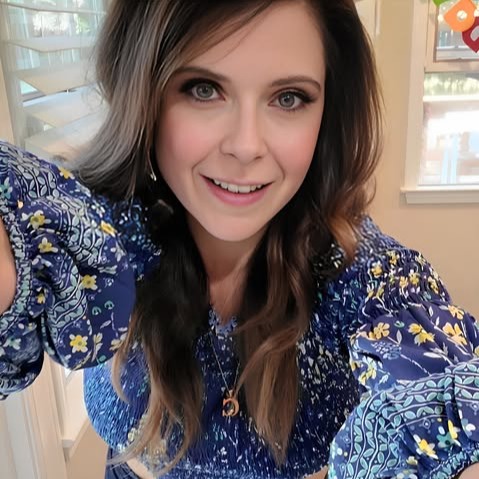Joe Biden campaign pitches Indian American voters as key to White House

Indian Americans have mostly voted for Democrats in the presidential elections. On November 3, they can do more, Democrats believe, and put former Vice-President Joe Biden in the White House.
“The Indian American vote — the AAPI more broadly — can be an absolute difference maker,” Tom Perez, chairman of the Democratic National Committee, said at a power-packed pitch to them at a virtual ton-hall recently, pointing to their demographics in the three Rust Belt swing states of Michigan, Wisconsin and Pennsylvania that put Donald Trump in the White House in a stunning upset in 2016. The broader group AAPI in Perez’s remarks, Asian Americans and Pacific Islanders, include people of Indian, Chinese, Filipino, Korean, Japanese and Indonesian descent.
President Donald Trump won these three states narrowly by 0.2, 0.7 and 0.8 percentage points, respectively — 10,704, 46,765 and 22,177 votes. Together, they gave him their cumulative 46 electoral votes, a 304-227 victory over Hillary Clinton and the White House. (There are in all 538 electoral votes that decide a presidential elections in the US, not the popular vote, which Clinton won, in this instance by more than 3 million; 7 electors voted against their pledges).
Indian Americans of voting age are in sufficient numbers in these states to obliterate Trump’s lead and put Biden across the finishing line, Democrats have argued.
There are 125,000 Indian American voters in Michigan, 156,000 in Pennsylvania and 37,000 in Wisconsin, according to an analysis by AAPI Victory Fund, a Democratic group dedicated to ensuring the victory of AAPI candidates that had hosted the town-hall.
The number of Indian Americans who voted in these three states in 2016, or did not, could not be immediately ascertained. But the countrywide turnout for the community was 62%, according to AAPI Data, the study cited by AAPI Victory Fund. It was the highest among AAPI communities with Japanese Americans, and was 6 points above the national turnout of 56%.
There are an estimated 4 million people of Indian origin in the United States, but only about a third are eligible to vote — 1.3 million, according to AAPI Data. The rest are not, because they are either still on Green Card or are awaiting the completion of their naturalization process.
Notwithstanding Nikki Haley and Bobby Jindal, both Republican governors; and Ami Bera, Raja Krishnamurthi, Ro Khanna, Pramila Jayapal and Kamala Harris, members of US congress, and many state and city officials, Indian Americans are not a major factor in US elections yet.
But they can play an outsize role in closely contested battleground states, also called swing states, that are neither deeply committed Democratic (such as New York and California) nor Republican (Texas and South Carolina) and who determine presidential elections.
Apart from Michigan, Wisconsin and Pennsylvania, the Biden campaign is eyeing five other states that they believe are in play — Arizona, Florida, Georgia, North Carolina and Texas where Indian Americans can help the effort with their votes of 66,000, 193,000, 150,000, 111,000 and 475,000 respectively.
“We know that there are important sectors of the Indian American community through out our country, throughout our battleground states,” said Julie Chavez Rodriguez, a senior adviser to the Biden campaign, and added, “And we want to make sure we were engaging and connecting directly” with them, their key leaders in these battleground states. And the key radio stations, newspapers, whatever else outlet it is that are speaking to them.
Vinay Reddy, a new addition to Biden’s team of campaign speech writers, chipped in at the virtual town hall with an appeal to “uncles and aunties”, deploying a playful inside-joke among second generation Indian Americans about their parents, their “distant” relatives and their friends.
The most poignant moment of the town-hall was Dr Murthy’s recollection of his swearing in as Surgeon General, after a brutal confirmation process. He choked up.
“I will always remember what he did at that swearing in before it started when the cameras were off, in the back room behind the stage,” Murthy started, in a controlled and steady monotone that has become so familiar from his appearances on the Covid-19 epidemic on national television news networks.
“I was gathered there with my mother, my father, my sister, my wife Alice, and my grandmother, who I was fortunate to still have with me and is still here about 15 feet away from me here in my house today. She was in a wheelchair.
“When the Vice President walked in, he immediately saw her and went straight up to her. He got down on the floor on one knee and he took her hand in his hand and he looked into her eyes and said, ‘Grandma, look at what you’ve done’.
“And he pointed to all the people who had assembled there. He knew our story. He knew that our story and the story of the Indian American community is the story of the sacrifices our parents and the generations before us made in order for us to build a life in America.”
Author Profile
Monika Walker is a senior journalist specializing in regional and international politics, offering in-depth analysis on governance, diplomacy, and key global developments. With a degree in International Journalism, she is dedicated to amplifying underrepresented voices through factual reporting. She also covers world news across every genre, providing readers with balanced and timely insights that connect the Caribbean to global conversations.
Latest
- Trinidad and Tobago: 33-year-old shot dead days before Chris...
-
Antigua and Barbuda's new Commissioner reports 10% drop in c... -
TV Station manager kidnapped by mistake in Trinidad, assaila... -
Belize: Corozal Free Zone Open Day draws over 1,200 Shoppers... -
Saint Lucia: 25-year-old shot dead 2 days before Christmas,...







